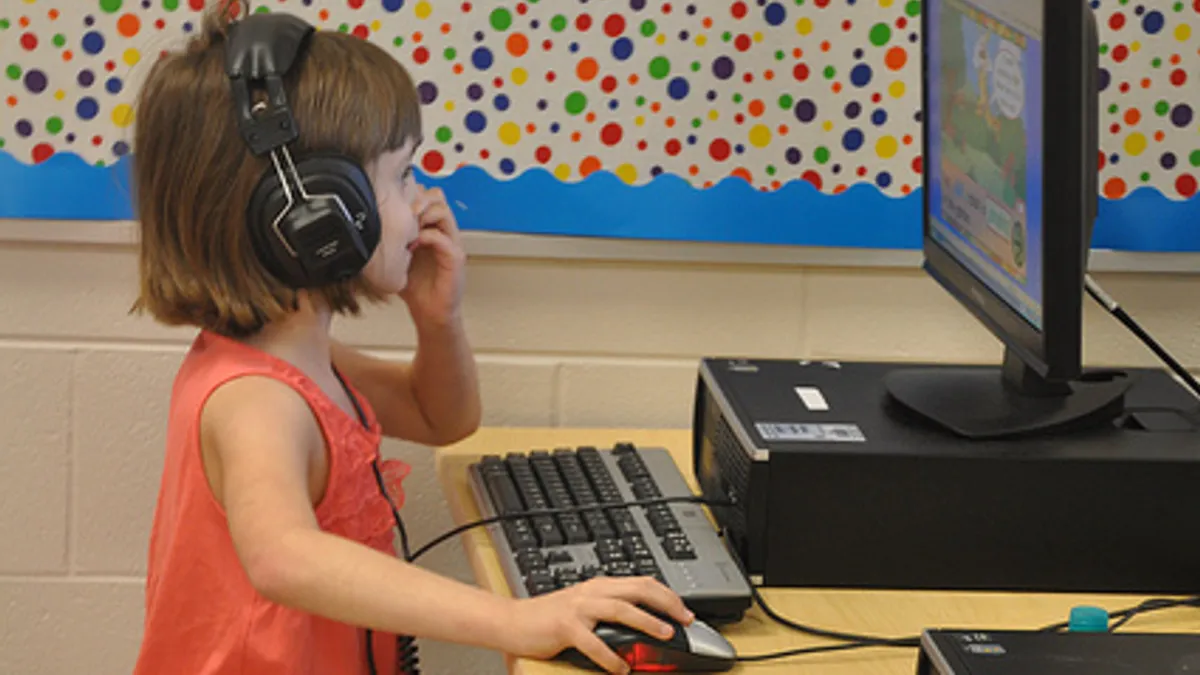Districts’ summer school plans are showing missed opportunities for addressing learning loss for students and fostering social connections, according to a new analysis by researchers who have closely monitored schools’ transition to distance learning during school closures.
In their review released Wednesday, researchers from the Center on Reinventing Public Education at the University of Washington wrote that less than half of the 100 school districts, and four of the 18 charter management organizations in their database were offering summer learning programs for elementary and middle school students. Fifty-eight of the districts and five of the 18 CMOs plan to hold summer school for high school students.
About a third, they wrote, haven’t yet announced plans for summer school.
“Summer offers an opportunity for districts to begin addressing learning gaps that emerged this spring, as well as other needs — like social interaction and special education services — that were unmet while school buildings were closed,” they wrote. “Our latest analysis shows far too few districts are capitalizing on this opportunity.”
Districts, for the most part, don’t seem to be trying new approaches, such as combining online and small group learning or enrichment, they wrote. And credit recovery and review appear to dominate most districts’ plans.
A few districts highlighted, however, include Henry County Schools in Georgia, which will create a “referral-based, but voluntary” program for K–8 students that includes a personalized approach for those at risk of not advancing to the next grade this fall. Another is the Los Angeles Unified School District, which is offering summer school for all grade levels in partnership with organizations such as the Aquarium of the Pacific and Fender guitars.
The analysis of districts’ summer plans follows last week’s virtual events involving a variety of after-school organizations and advocates. They emphasized the role of out-of-school-time providers in addressing the slowdown of learning since schools closed, as well as students’ lack of social experiences.
The 'critical role' of schools
Wednesday’s report also comes in advance of the center’s release next week of results on remote learning from a much larger sample — the 81 districts in the original database, plus another 396 districts.
And it came on the same day that health, education and school operations experts advised members of the National Academies of Science, Engineering and Medicine on reopening schools. The discussion covered some of the following issues.
- Online learning, especially for young children, can’t match what schools provide in helping students develop both social-emotional and self-regulation skills, said Karen Bierman, a psychologist at Penn State University. The emphasis on academic learning loss, she said, “undercuts the critical role that schools play in providing a context for social-emotional development.”
The “pod” idea, of having a small group of students and adults stay together in schools, she said, is the most attractive proposal for restoring some social interaction for students. If students are not allowed to interact, she said, “you might as well not have kids coming to school.”
- Successful digital learning requires a “robust infrastructure” in which every student has a device and broadband internet at home and school, and every teacher is familiar with the online platform and with integrating digital resources into their instruction, said Barbara Means, the executive director of of learning sciences research at Digital Promise.
Some amount of synchronous instruction and “adult-supported interaction” is also key to maintain students’ motivation and to see positive outcomes, she said. She added schools should also be “designing for continuity of instruction” to minimize gaps if schools are forced to close at points throughout the year.
- Dr. Michael Portman, with the Seattle Children’s Hospital, addressed concerns over the Kawasaki-like inflammatory syndrome related to COVID-19 exposure, which has been found in children in Italy, the United Kingdom and New York. But he said because it’s so rare, it shouldn’t be “taken into consideration in making decisions for children going back to school.”
“If a child gets it, it’s very controlled,” he said.
- Jerry Roseman, environmental science director for the Philadelphia Federation of Teachers, said many schools have “physical conditions that are already very limited and stressed,” such as a lack of mechanical ventilation, buildings already serving students beyond capacity and facilities inadequately cleaned to begin with.
While increasing the flow of fresh air is often recommended, he added “a whole heck of a lot of schools don’t have operable windows,” and there are still questions over whether increasing air circulation would only distribute the virus rather than contain it.
- Finally, Southern Regional Education Board President Stephen Pruitt reiterated recent statements from some policymakers that decisions about re-opening schools should be made locally, and districts in areas that were “hotspots” for coronavirus cases are likely to approach the issue differently than those with minimal outbreak.
The organization is creating a “playbook” to help districts make decisions in the areas of governance, instruction and health safety. In some ways, he said, the goals of educators and health officials are at odds. “It’s hard to reconcile the CDC guidance with how you actually manage a class full of kids,” he said, adding schools need to know how to respond, going forward, if there is a case of the virus in their school. “Those kinds of things are real stressors for administrators.”













